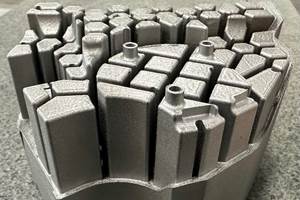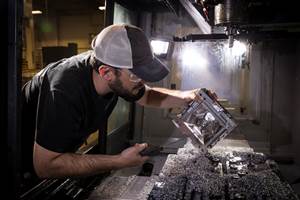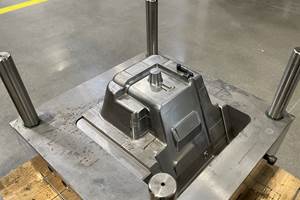HP Enlarges Its 3D Printing Footprint with Four Major Announcements
A more efficient Jet Fusion printer for volume production; a new elastomeric TPU powder; a 3D printing manufacturing network of qualified production shops; and deeper integration with Siemens’ digital manufacturing software.
A brand-new 3D printing system, a new elastomer material, a global production network of qualified 3D printing shops, and a deeper integration with Siemens’ digital manufacturing software were all announced last month by HP.
• HP’s latest entry in 3D printers for mid-volume production of plastic parts (over 200/week) is its Jet Fusion 5200 Series, said to provide greater manufacturing predictability, efficiency, repeatability and quality than ever before. It also boasts up to 40% higher productivity and up to 30% lower operating costs. It has the same build volume and layer resolution as the earlier 4200 Series, but the build speed is 23% higher. Like the 4200 Series, the 5200 Series is said to be competitive with injection molding for runs of more than 100,000 small parts and up to 5000 to 10,000 larger parts. The Model 5200 is designed for serial production of up to 800 parts/week and the 5210 is more economical for greater volume needs. The 5210 benefits from larger material supply containers, faster scanner calibration, and indicator lights to show machine status at a distance. Both models are available now.
The 5200 series reportedly gains greater production efficiency from a change from the former two-pass mode to one pass, and from the introduction of new “natural cooling” accessories that mount on top of the build module. Now, hot parts no longer have to cool inside the build module, which can take hours, but are automatically transferred to the new cooling module, freeing up the build module for another run. The new one-pass mode reportedly will be even more important in the future to allow fusion of engineering thermoplastics at much higher temperatures.
The 5200 Series also boasts “industrial-level OEE” (overall equipment efficiency) greater than 80%, stemming from a “breakthrough” in uptime, and “injection-molding-grade” accuracy and repeatability on all three axes, yielding a Cpk of 1.3 which HP says is “unheard of today in 3D printing.” HP credits newly developed “preventive-maintenance intelligence” and automated machine learning for tighter process control and self-optimizing performance that “gets better over time.” Also, a new thermal camera inside the machine that monitors the process has 5X finer resolution than the one on the 4200 Series. New HP 3D Center software helps track, manage, and optimize operation of multiple printers. New HP 3D Parts Assessment service performs an economic analysis and optimization of part designs for 3D printing.
• At the end of this year, a new elastomeric TPU material will become generally available for the 5200 Series. Ultrasint 3D TPU01 powder from BASF is aimed at flexibility and shock absorption in automotive, consumer, and industrial products. Early applications include a bike helmet from Kupol of Montreal (pictured), a wind-turbine blade clamp from Vestas of Denmark, and a code-wheel cover for HP textile and large-format printers.
• To provide OEMs with easier access to industrial-volume 3D printing services, HP launched its Digital Manufacturing Network, a global community of production partners using HP’s Jet Fusion equipment and vetted for high levels of 3D printing expertise, robust quality management, and proven capability for volume production. Current members include Forecast 3D, GKN Powder Metallurgy, GoProto, Jabil, Materialise, Parmatech and ZiggZagg NV.
• In order to provide an “end-to-end additive-manufacturing (AM) solution,” HP has deepened its AM alliance with Siemens of Germany to integrate HP’s 3D printing and data intelligence platform, including the new 5200 Series, with Siemens’ Digital Enterprise software portfolio. That includes Siemens’ NX CAD/CAE, an NX AM for HP Multi Jet Fusion module with direct printer interface (undergoing certification by HP for the 5200 Series), Teamcenter for product lifecycle management (PLM), Tecnomatix Plant Simulation, Simatic IT for MES, and MindSphere for performance analytics and industrial IoT (internet of things, aka Industry 4.0).
Related Content
New Tool Steel Qualified for Additive Manufactured Molds and Dies
Next Chapter Manufacturing says HTC-45 — an optimized H-13 — will offer superior thermal transfer and longer tool life.
Read MoreCustom Molder Manages Growth on Several Fronts
Adding people, plants and machines, expanding capabilities in LSR, high-tonnage presses, automation and 3D printing—EVCO Plastics maintains momentum through challenging times.
Read MoreHow Additive Manufacturing Can Help, not Hinder, Injection Moldability of New Designs
Four cost drivers—design for moldability, mold-base size, internal componentry, polish/custom finishing—dictate the financial and processing success of a molded part design. Learn how 3D printing can assist this process, while also understanding its potential pitfalls.
Read MoreDaimler, OMIC Evaluate Wire-Fed DED for Moldmaking
3D printing a core and cavity on machine from Gefertec, followed by machining, allowed for a complete mold tool to be produced in three days.
Read MoreRead Next
People 4.0 – How to Get Buy-In from Your Staff for Industry 4.0 Systems
Implementing a production monitoring system as the foundation of a ‘smart factory’ is about integrating people with new technology as much as it is about integrating machines and computers. Here are tips from a company that has gone through the process.
Read MoreLead the Conversation, Change the Conversation
Coverage of single-use plastics can be both misleading and demoralizing. Here are 10 tips for changing the perception of the plastics industry at your company and in your community.
Read More
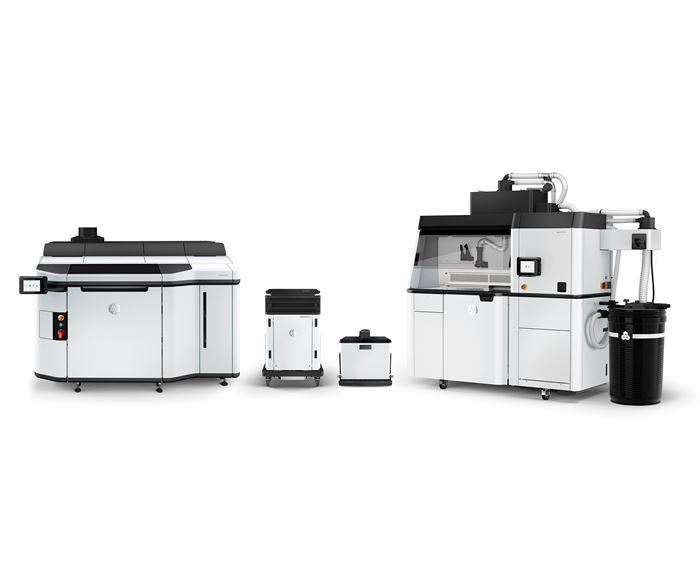
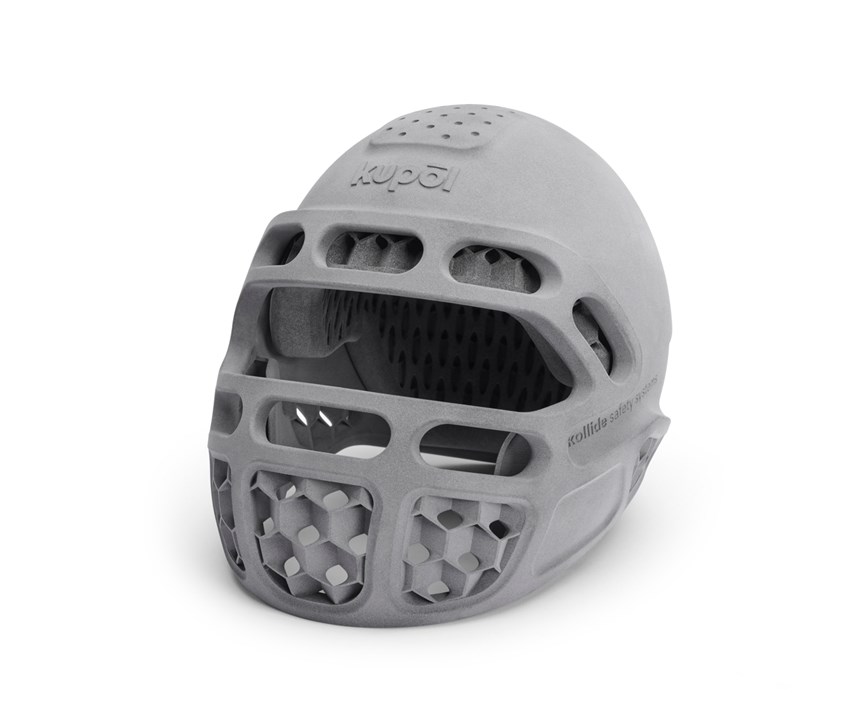










.png;maxWidth=300;quality=90)


 (2).jpg;maxWidth=300;quality=90)



